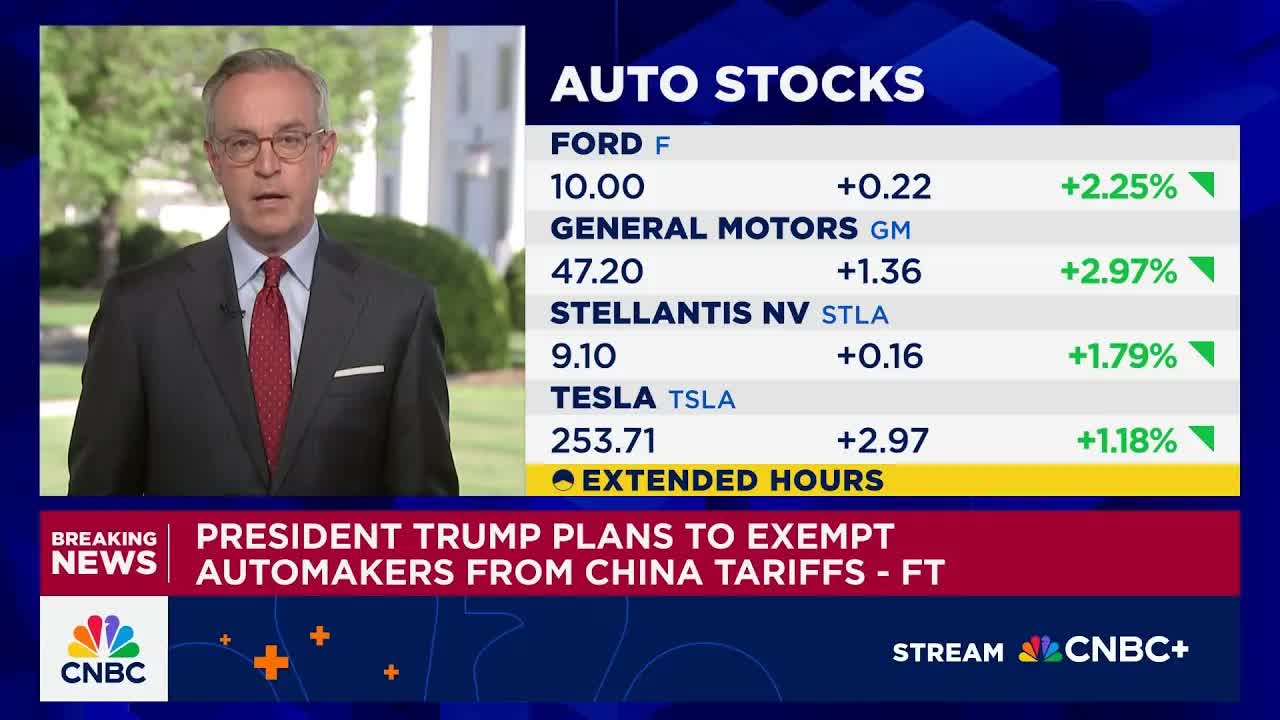U.S. Exempts 20 Product Categories From China Tariffs Amid Tech Pressure
The United States has made a significant shift in its trade policy by quietly exempting 20 categories of products from its retaliatory tariffs on China. This move, described as a "180-degree turn," has sparked discussions about the true intentions behind the U.S. government's fluctuating tariff decisions. The exempted products include a range of electronic goods, which are crucial components in the supply chains of major tech companies. The decision to exempt these products is seen as a response to the significant pressure from these companies, which rely heavily on Chinese manufacturing. For instance, approximately 90% of Apple's iPhone production and assembly are based in China, and imposing additional tariffs would have led to a substantial increase in the cost of these devices.
The U.S. government's decision to exempt these products is part of a broader strategy that involves both concessions and continued pressure. While the exemption provides relief to certain sectors, the U.S. has also initiated a new round of national security trade investigations targeting semiconductor products. This dual approach underscores the complex nature of the ongoing trade dispute between the two countries. The U.S. government has indicated that it will announce further details regarding the tariffs on semiconductors, suggesting that the trade tensions are far from resolved.
The exemption of these 20 categories of products is a clear indication that the U.S. is willing to make concessions in areas where it faces significant economic and political pressure. However, the continued threat of additional tariffs on other sectors, such as semiconductors, highlights the ongoing strategic competition between the two countries. This move is part of a broader pattern of the U.S. government using tariffs as a tool to exert pressure on China, while also being willing to make concessions in areas where it faces significant pushback. The exemption of these products is a strategic decision aimed at balancing the need to maintain economic stability with the desire to exert pressure on China in key areas.
This shift in policy comes after the U.S. government initially implemented retaliatory tariffs on a wide range of products from China. The decision to exempt certain electronic goods is seen as a response to the significant pressure from major tech companies, which have expressed concerns about the impact of tariffs on their supply chains and the cost of their products. The exemption of these products is expected to provide relief to consumers and businesses that rely on these goods, while also allowing the U.S. to maintain pressure on China in other areas.
The U.S. government's decision to exempt these products is part of a broader strategy that involves both concessions and continued pressure. While the exemption provides relief to certain sectors, the U.S. has also initiated a new round of national security trade investigations targeting semiconductor products. This dual approach underscores the complex nature of the ongoing trade dispute between the two countries. The U.S. government has indicated that it will announce further details regarding the tariffs on semiconductors, suggesting that the trade tensions are far from resolved.
The exemption of these 20 categories of products is a clear indication that the U.S. is willing to make concessions in areas where it faces significant economic and political pressure. However, the continued threat of additional tariffs on other sectors, such as semiconductors, highlights the ongoing strategic competition between the two countries. This move is part of a broader pattern of the U.S. government using tariffs as a tool to exert pressure on China, while also being willing to make concessions in areas where it faces significant pushback. The exemption of these products is a strategic decision aimed at balancing the need to maintain economic stability with the desire to exert pressure on China in key areas.



_442a2dcc1749832873286.jpeg)
_e68fac6d1749831664430.jpeg)





